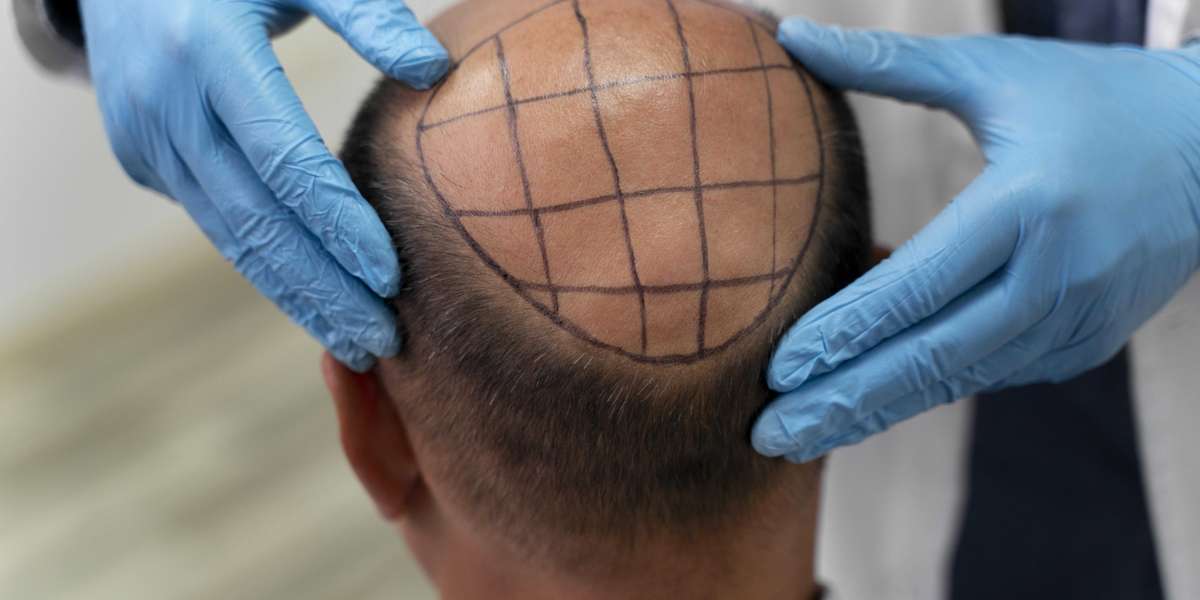Hair transplant is a surgical procedure designed to address hair loss by transplanting hair follicles from one part of the body, typically the back or sides of the scalp, to the areas with thinning or no hair.
Here's an overview of key aspects related to hair transplant:
Effectiveness:
Success Rate: Hair transplant is generally considered an effective and permanent solution for certain types of hair loss, particularly male-pattern baldness (androgenetic alopecia) and some forms of female-pattern baldness.
Individual Variation: The success of a hair transplant can vary from person to person. Factors such as the surgeon's skill, the patient's overall health, and the characteristics of the donor and recipient areas play a role in the outcome.
Types of Hair Transplant :
Follicular Unit Extraction (FUE): In FUE, individual hair follicles are extracted one by one and then transplanted to the recipient area. It leaves tiny, dot-like scars and allows for a shorter recovery period.
Follicular Unit Transplantation (FUT): FUT involves removing a strip of skin from the donor area, dissecting it into individual grafts, and transplanting them to the recipient area. It leaves a linear scar but is suitable for larger graft sessions.
Procedure Overview of hair transplant :
Consultation: The process begins with a consultation with a qualified Hair transplant surgeon in Delhi NCR. The surgeon assesses the patient's hair loss pattern, discusses expectations, and develops a personalized treatment plan.
Donor Area Harvesting: Hair follicles are harvested from the donor area, typically the back or sides of the scalp. The method (FUE or FUT) depends on the patient's characteristics and the surgeon's preference.
Recipient Site Creation: Tiny incisions are made in the recipient area, where the hair will be transplanted. The surgeon follows the natural hair growth pattern for a more natural look.
Graft Transplantation: The harvested hair follicles are meticulously transplanted into the recipient sites. The surgeon pays attention to the angle, direction, and density for optimal results.
Recovery and Results of hair transplant:
Recovery Time: Patients may experience some swelling, redness, and scabbing in the days following the procedure. The recovery time varies, with many individuals returning to normal activities within a week.
Hair Growth Timeline: Initial shedding is common, but new hair growth usually begins within a few months. Full results may take up to a year, as the transplanted hair gradually thickens and matures.
Considerations:
Natural Appearance: A well-executed best hair transplant in Delhi should result in a natural and undetectable hairline, with the transplanted hair blending seamlessly with existing hair.
Maintenance: While transplanted hair is considered permanent, ongoing hair loss in other areas may require additional procedures or medical management to maintain a balanced look.
In conclusion, hair transplant can be an effective and long-lasting solution for certain types of hair loss. However, it's essential to choose a qualified and experienced surgeon, have realistic expectations, and follow post-operative care instructions for the best possible outcome.




